Home>Renovation & DIY>Home Renovation Guides>How To Stop Storm Door From Slamming
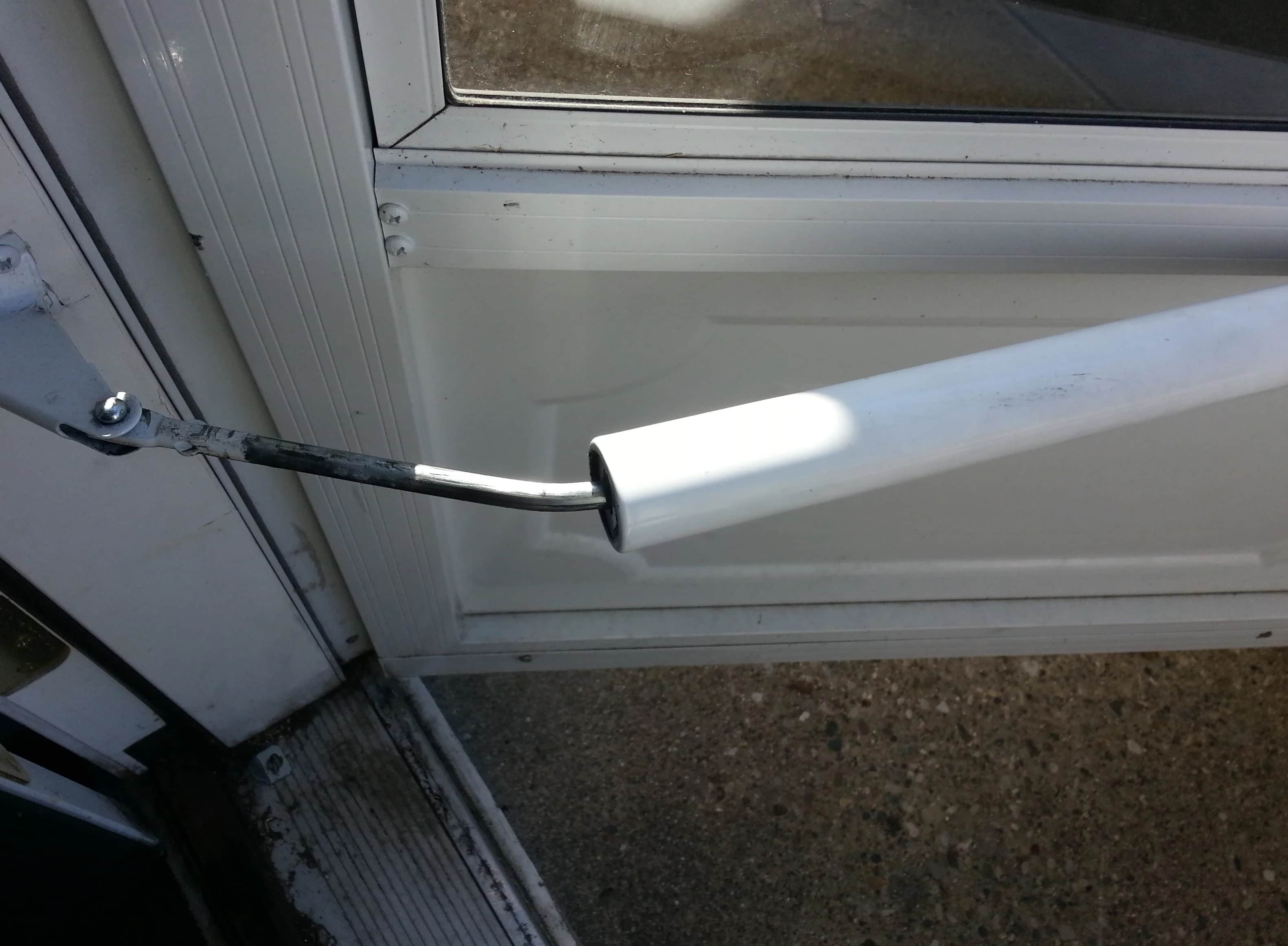

Home Renovation Guides
How To Stop Storm Door From Slamming
Modified: August 27, 2024
Learn effective home renovation guides to stop your storm door from slamming. Discover simple solutions to prevent noise and damage. Keep your doors in top condition with these tips.
(Many of the links in this article redirect to a specific reviewed product. Your purchase of these products through affiliate links helps to generate commission for Storables.com, at no extra cost. Learn more)
Introduction
Welcome to the ultimate guide on how to stop your storm door from slamming! Dealing with a storm door that slams shut can be frustrating and even dangerous. The loud noise and sudden impact not only startles anyone nearby but can also cause damage to the door and its frame over time. Fortunately, there are several effective methods to address this issue and restore peace and tranquility to your home entrance.
In this comprehensive guide, we'll explore various techniques to prevent your storm door from slamming. Whether you're dealing with a hydraulic closer that needs adjustment, considering a closer replacement, or exploring additional measures such as installing a door stop or lubricating the hinges, we've got you covered. By understanding the root causes of the slamming and implementing the appropriate solutions, you can ensure a smooth and controlled closing of your storm door.
So, if you're tired of the jarring sound of your storm door slamming shut and want to restore harmony to your home, read on as we delve into the practical steps to address this common issue. Let's embark on this journey to reclaim peace and quiet at your doorstep!
Key Takeaways:
- Say goodbye to noisy storm door slams by adjusting the closer speed, replacing the closer, adding a door stop, or lubricating the hinges for a peaceful and controlled entrance.
- Keep your storm door quiet and well-maintained by understanding the causes of slamming, implementing the right solutions, and sharing your newfound knowledge with others.
Understanding the Issue
Before diving into solutions, it’s crucial to understand why your storm door is slamming shut. Several factors can contribute to this issue. One common culprit is the hydraulic door closer, which controls the speed and force of the door’s closing. If the closer is not properly adjusted, it can cause the door to slam shut with excessive force.
Another potential cause is wear and tear on the door closer mechanism. Over time, the internal components of the closer may degrade, leading to erratic behavior and sudden slamming. Additionally, external factors such as strong winds or improper installation can exacerbate the slamming issue, making it essential to address these underlying issues to achieve a lasting solution.
Furthermore, the alignment of the door and frame, as well as the condition of the hinges, can impact the door’s closing behavior. Misaligned doors or rusty hinges may contribute to uneven movement, resulting in the door slamming shut rather than closing gently and smoothly.
By comprehensively understanding the factors contributing to the slamming of your storm door, you’ll be better equipped to implement the most effective solutions. Whether it’s adjusting the closer speed, replacing the closer, adding a door stop, or lubricating the hinges, addressing the root causes of the issue is key to achieving a long-term resolution.
Now that we’ve gained insight into the potential reasons behind the slamming of your storm door, let’s explore the step-by-step methods to alleviate this nuisance and restore tranquility to your home entrance.
Adjusting the Closer Speed
One of the primary reasons for a storm door slamming shut is an improperly adjusted door closer. Fortunately, adjusting the closer speed is often a straightforward and effective solution to this issue. Most hydraulic door closers feature adjustable valves that control the closing speed and latching speed of the door. By making precise adjustments to these valves, you can regulate the door’s movement, preventing it from slamming shut with excessive force.
To begin the adjustment process, locate the adjustment screws or valves on the door closer. These are typically labeled as the closing speed and latching speed controls. Using a screwdriver or the provided adjustment tool, carefully turn the appropriate valve in the desired direction to achieve the desired speed. To reduce the slamming force, you’ll need to slow down the closing speed by turning the designated valve in a counterclockwise direction.
It’s essential to make gradual adjustments and test the door’s movement after each alteration. This allows you to fine-tune the closer speed until the door closes smoothly and securely without slamming. Keep in mind that different door closers may have varying adjustment mechanisms, so referring to the manufacturer’s instructions can provide valuable insight into the specific adjustment process for your door closer model.
By taking the time to adjust the closer speed to suit your preferences and the door’s characteristics, you can effectively mitigate the slamming issue and restore controlled movement to your storm door. If, after careful adjustment, the slamming problem persists, it may be necessary to explore additional solutions, such as closer replacement or the addition of a door stop.
Now that we’ve covered the essential steps for adjusting the closer speed, let’s proceed to explore the option of replacing the closer if needed.
Replacing the Closer
If adjusting the closer speed fails to resolve the slamming issue or if the closer shows signs of significant wear and tear, replacing the door closer may be the most effective course of action. Over time, the internal components of a hydraulic door closer can deteriorate, leading to erratic behavior and an inability to control the door’s movement effectively. Additionally, if the closer is damaged or malfunctioning, it may no longer provide the necessary resistance to prevent the door from slamming shut.
When considering a closer replacement, it’s important to select a new door closer that is compatible with the size and weight of your storm door. Door closers come in various models designed for specific door sizes and weights, so choosing the appropriate replacement closer is crucial to ensure optimal functionality.
The replacement process typically involves removing the existing closer by unscrewing it from the door and frame. Carefully follow the manufacturer’s instructions for the removal procedure to avoid causing any damage to the door or surrounding surfaces. Once the old closer is removed, you can proceed to install the new closer according to the manufacturer’s guidelines.
During the installation, pay close attention to the positioning and alignment of the new closer to ensure that it functions effectively in controlling the door’s movement. Once the replacement closer is securely installed, take the time to adjust the closing and latching speeds as necessary to achieve the desired door movement without slamming.
By replacing the door closer with a new, properly functioning unit, you can address the slamming issue and restore smooth, controlled closing to your storm door. However, if you’re seeking additional measures to prevent slamming and protect your door and frame from potential damage, the next section will explore the option of adding a door stop as a supplementary solution.
Now that we’ve covered the process of replacing the door closer, let’s move on to explore the option of adding a door stop to mitigate the slamming issue.
Adjust the pneumatic closer on the storm door to slow down the closing speed. Use a screwdriver to turn the adjustment screw clockwise to increase resistance and prevent slamming.
Adding a Door Stop
Supplementing the existing door closer with a door stop can provide an additional layer of protection against the slamming of your storm door. A door stop serves as a physical barrier to prevent the door from closing with excessive force, offering a simple yet effective solution to the slamming issue. There are various types of door stops available, ranging from traditional wedge-shaped stops to more advanced magnetic or spring-loaded options.
When selecting a door stop, consider the design and functionality that best aligns with your preferences and the specific requirements of your storm door. For instance, a wedge-shaped door stop can be positioned at the base of the door to impede its movement, while a magnetic or spring-loaded stop can offer a more discreet and automated approach to preventing slamming.
Installing a door stop is typically a straightforward process that requires minimal tools and effort. Position the door stop at a suitable location along the door’s swing path, ensuring that it effectively intercepts the door’s movement before it reaches the slamming point. Secure the door stop in place according to the manufacturer’s instructions, and test the door’s movement to verify that the stop effectively prevents slamming without impeding normal operation.
By adding a door stop to your storm door, you can enhance the existing door closer’s functionality and provide an additional safeguard against slamming. This supplementary measure not only contributes to a quieter and more controlled door closing but also helps protect the door and frame from potential damage caused by repeated slamming.
If you’ve implemented a door stop and are still experiencing issues with your storm door slamming shut, it may be beneficial to explore the option of lubricating the door hinges to address any underlying mechanical issues. The next section will delve into the process of lubricating the hinges to ensure smooth and silent door operation.
Now that we’ve covered the installation of a door stop as a supplementary solution, let’s proceed to explore the process of lubricating the hinges to mitigate the slamming issue.
Read more: How To Open A Slam Lock Door
Lubricating the Hinges
Over time, the hinges of a storm door can accumulate dirt, grime, and rust, leading to friction and resistance that may contribute to the door slamming shut. By lubricating the hinges, you can reduce friction and ensure that the door operates smoothly and quietly, alleviating the slamming issue and prolonging the longevity of the door’s components.
Before applying lubrication, it’s essential to inspect the hinges for any signs of damage or excessive wear. If the hinges exhibit significant damage or structural issues, it may be necessary to replace them to achieve optimal door performance. However, if the hinges are in good condition but lack proper lubrication, the following steps can help restore their functionality:
- Clean the Hinges: Begin by cleaning the hinges thoroughly to remove any accumulated debris, rust, or old lubricant. Use a suitable cleaning solution and a brush to dislodge dirt and grime, ensuring that the hinge surfaces are clean and free from obstructions.
- Apply Lubricant: Once the hinges are clean and dry, apply a high-quality lubricant, such as silicone spray or white lithium grease, to the hinge pins and moving parts. Ensure that the lubricant penetrates the hinge components to provide smooth and friction-free movement.
- Operate the Door: After applying the lubricant, open and close the door several times to allow the lubricant to distribute evenly across the hinge surfaces. This action helps to work the lubricant into the hinge components, promoting effortless movement and reducing the likelihood of slamming.
By lubricating the hinges of your storm door, you can minimize friction and resistance, allowing the door to close smoothly and quietly. This simple maintenance task not only addresses the slamming issue but also contributes to the overall performance and durability of the door and its components.
With the hinges properly lubricated, you can enjoy the benefits of a well-maintained storm door that operates seamlessly and without disruptive slamming. If you’ve implemented the recommended solutions and are now experiencing improved door performance, it’s time to conclude our journey toward mitigating the slamming issue and restoring peace to your home entrance.
Now that we’ve covered the process of lubricating the hinges to address the slamming issue, let’s proceed to conclude our comprehensive guide on stopping a storm door from slamming.
Conclusion
Congratulations on taking the proactive steps to address the slamming issue with your storm door. By understanding the root causes of the problem and implementing the appropriate solutions, you’ve successfully restored tranquility and smooth functionality to your home entrance. Whether you adjusted the closer speed, replaced the closer, added a door stop, or lubricated the hinges, each method has contributed to mitigating the slamming and ensuring a controlled closing of your storm door.
It’s important to recognize that regular maintenance and attentive care are essential for preserving the optimal performance of your storm door. Periodically inspecting the door closer, hinges, and overall functionality of the door can help identify potential issues before they escalate into disruptive problems. Additionally, staying attuned to any changes in the door’s behavior, such as sudden slamming or resistance, allows for prompt intervention to maintain a smoothly operating storm door.
As you continue to enjoy the benefits of a well-maintained and peacefully closing storm door, consider sharing your newfound knowledge with others who may be grappling with similar issues. Your insights and practical solutions can empower others to address slamming doors and enhance the functionality of their home entrances, fostering a community of informed and proactive homeowners.
Remember, the journey to a quiet and controlled storm door is not just about addressing the slamming issue; it’s about cultivating a harmonious and welcoming entryway that reflects the care and attention you invest in your home. With the slamming issue effectively resolved, you can now relish the tranquility and seamless operation of your storm door, knowing that you’ve mastered the art of preventing disruptive slamming.
Thank you for embarking on this journey with us, and may your home entrance continue to exude warmth, comfort, and peaceful serenity for years to come.
Frequently Asked Questions about How To Stop Storm Door From Slamming
Was this page helpful?
At Storables.com, we guarantee accurate and reliable information. Our content, validated by Expert Board Contributors, is crafted following stringent Editorial Policies. We're committed to providing you with well-researched, expert-backed insights for all your informational needs.
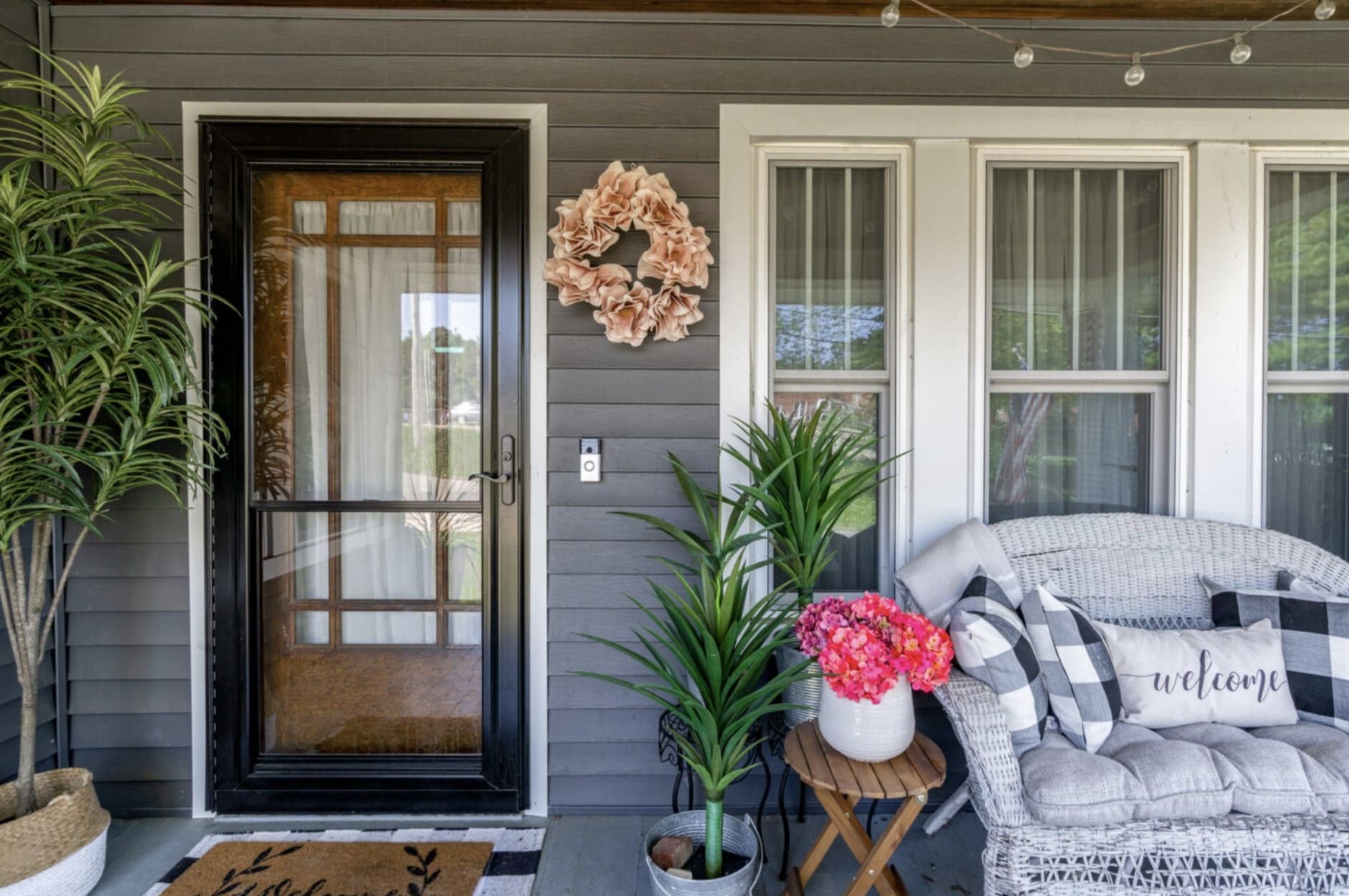
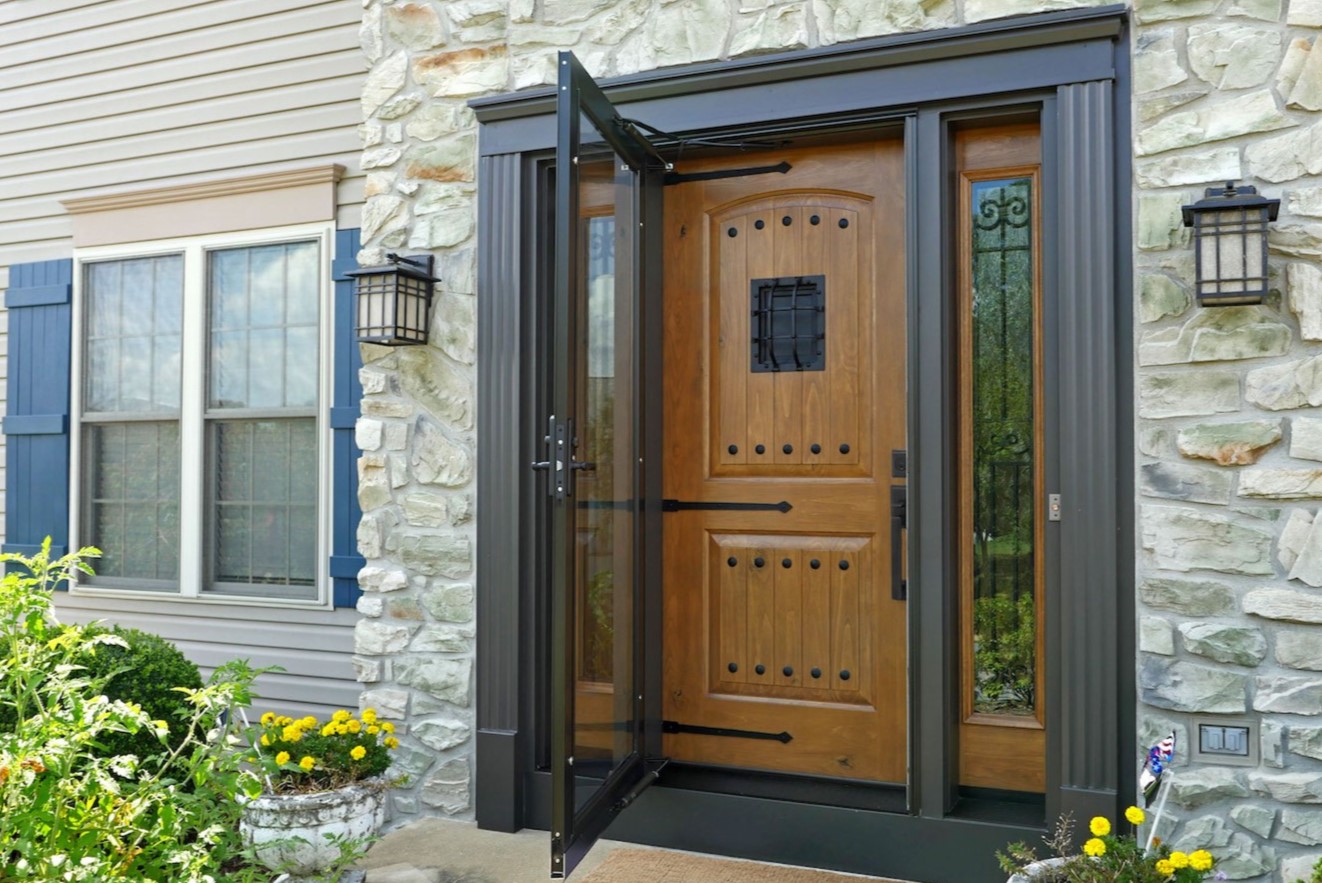
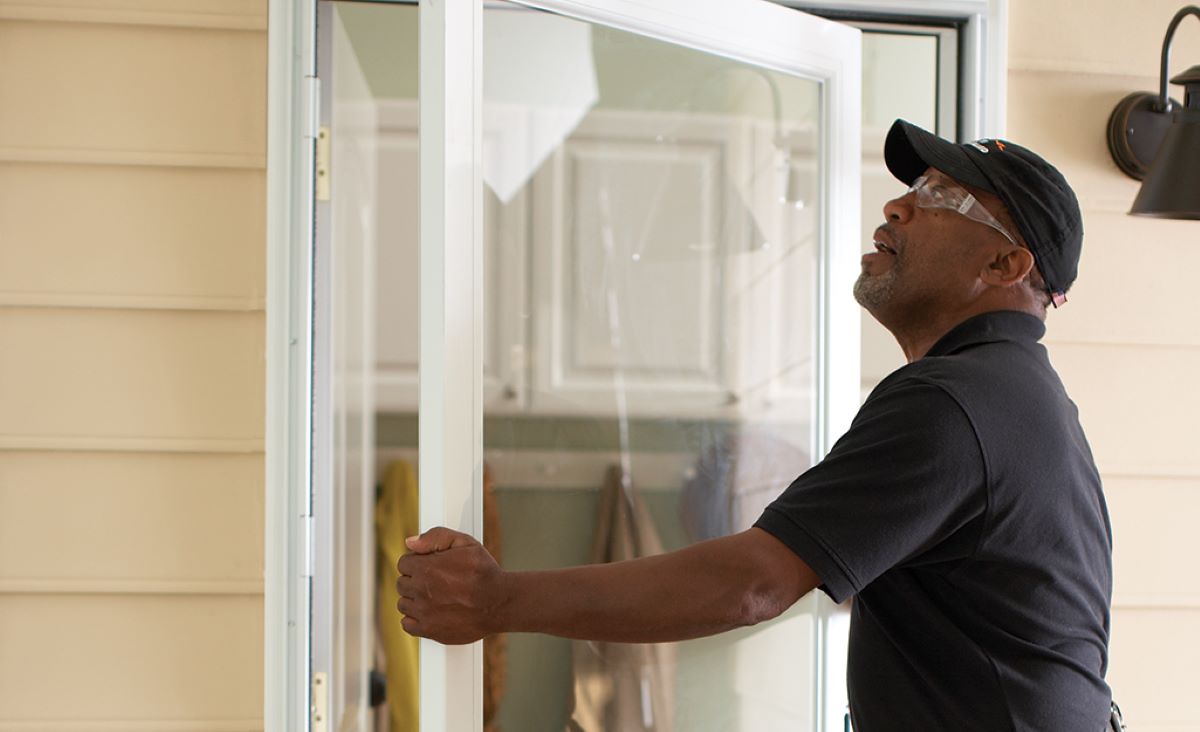
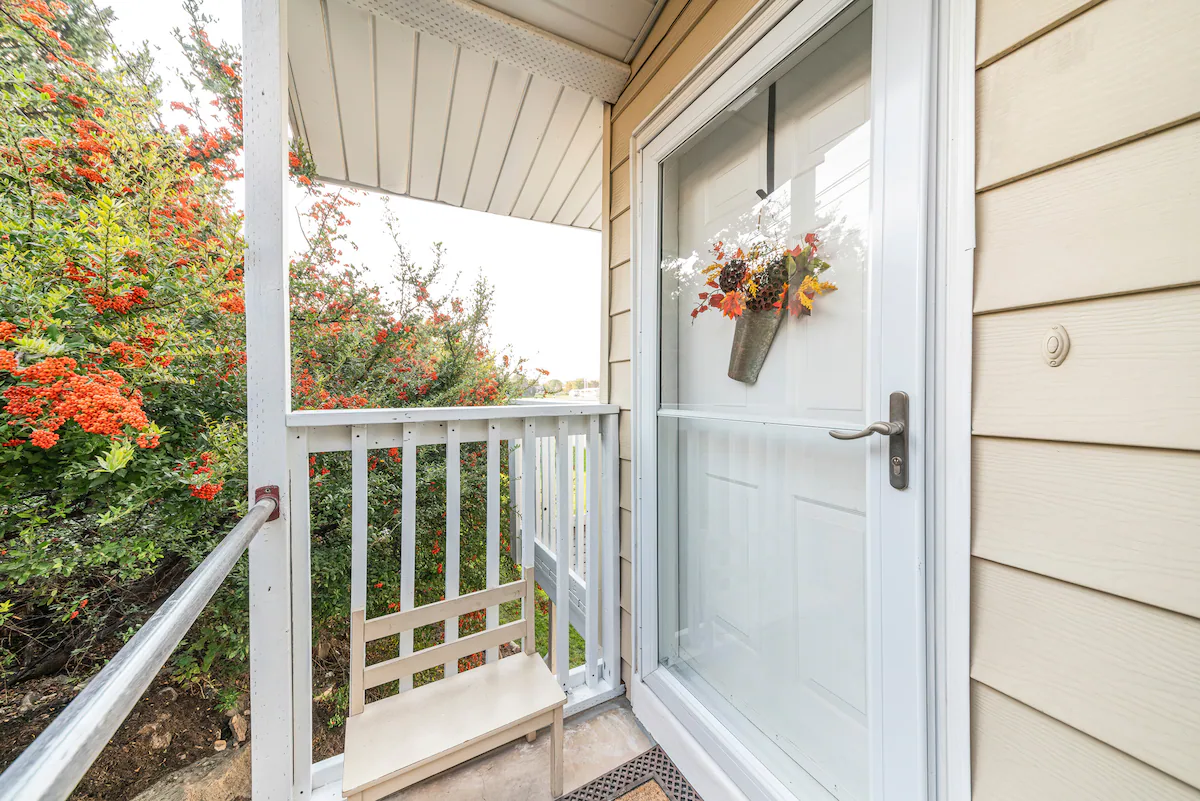
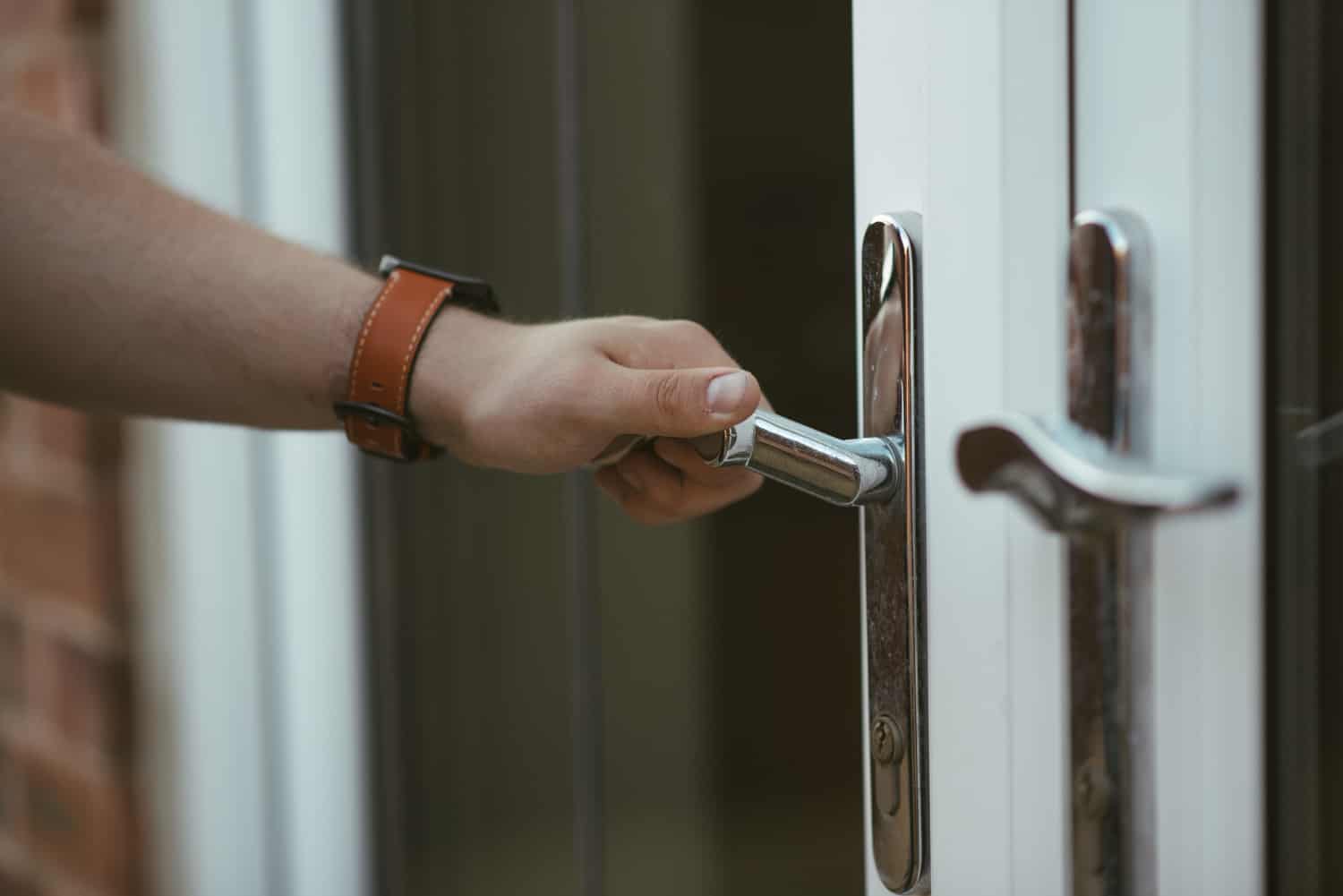
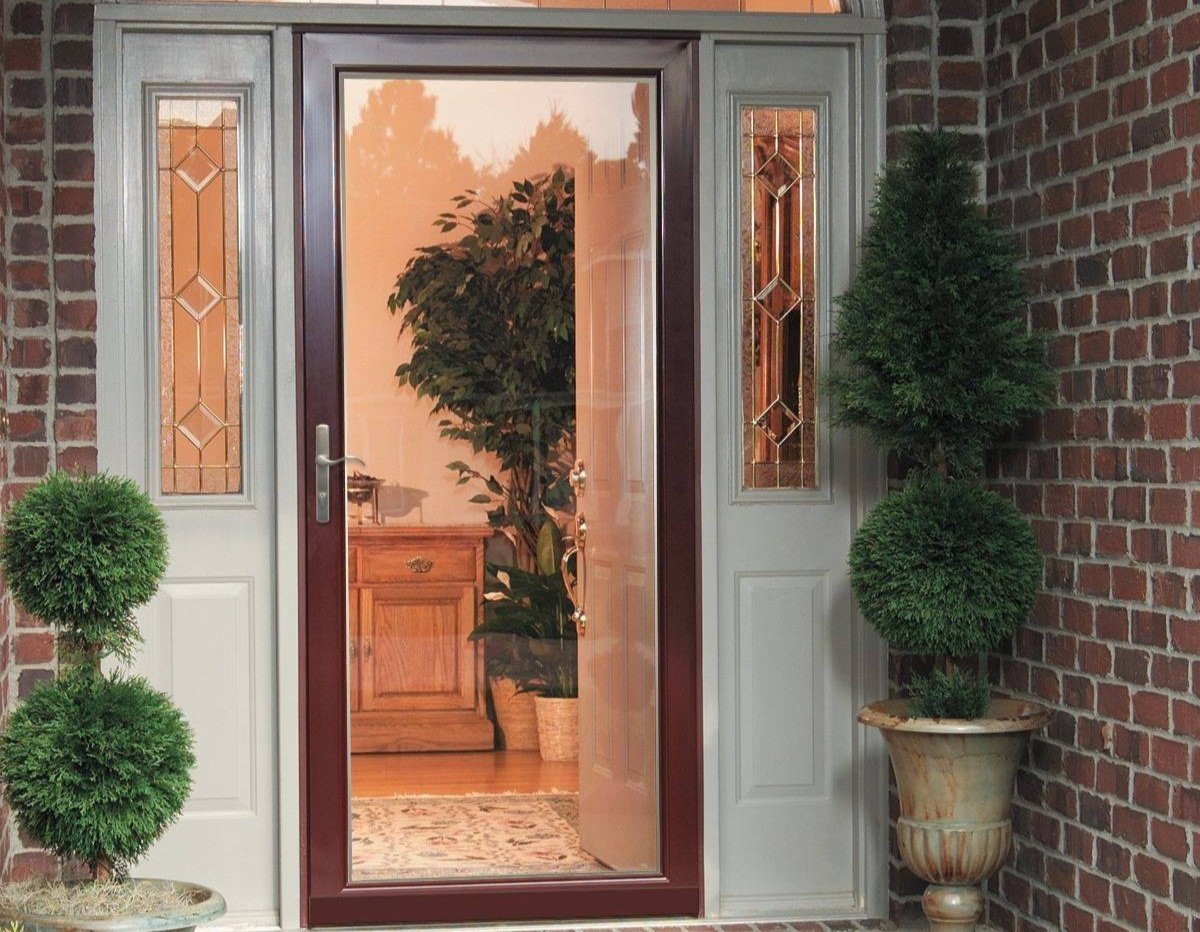
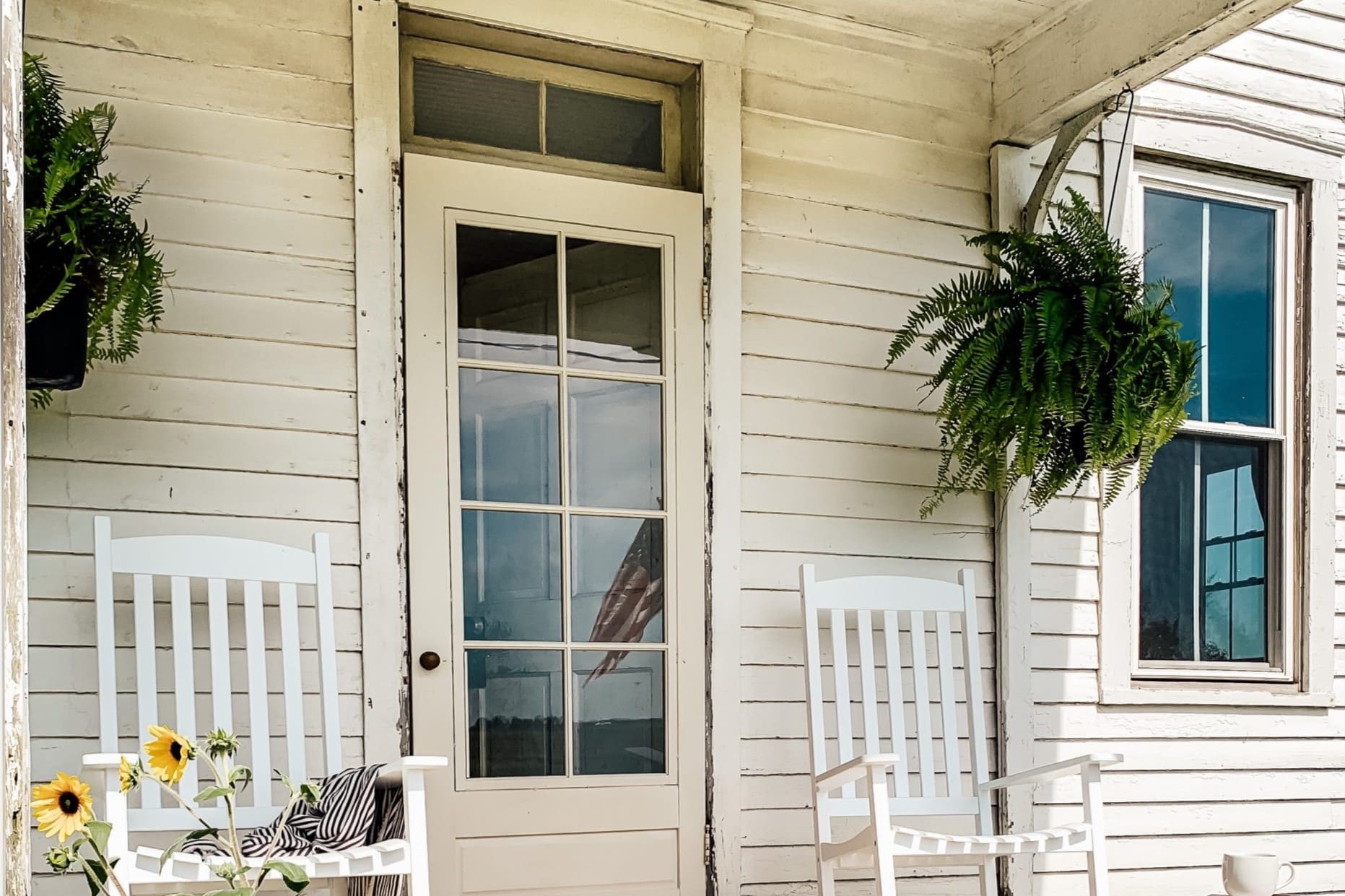
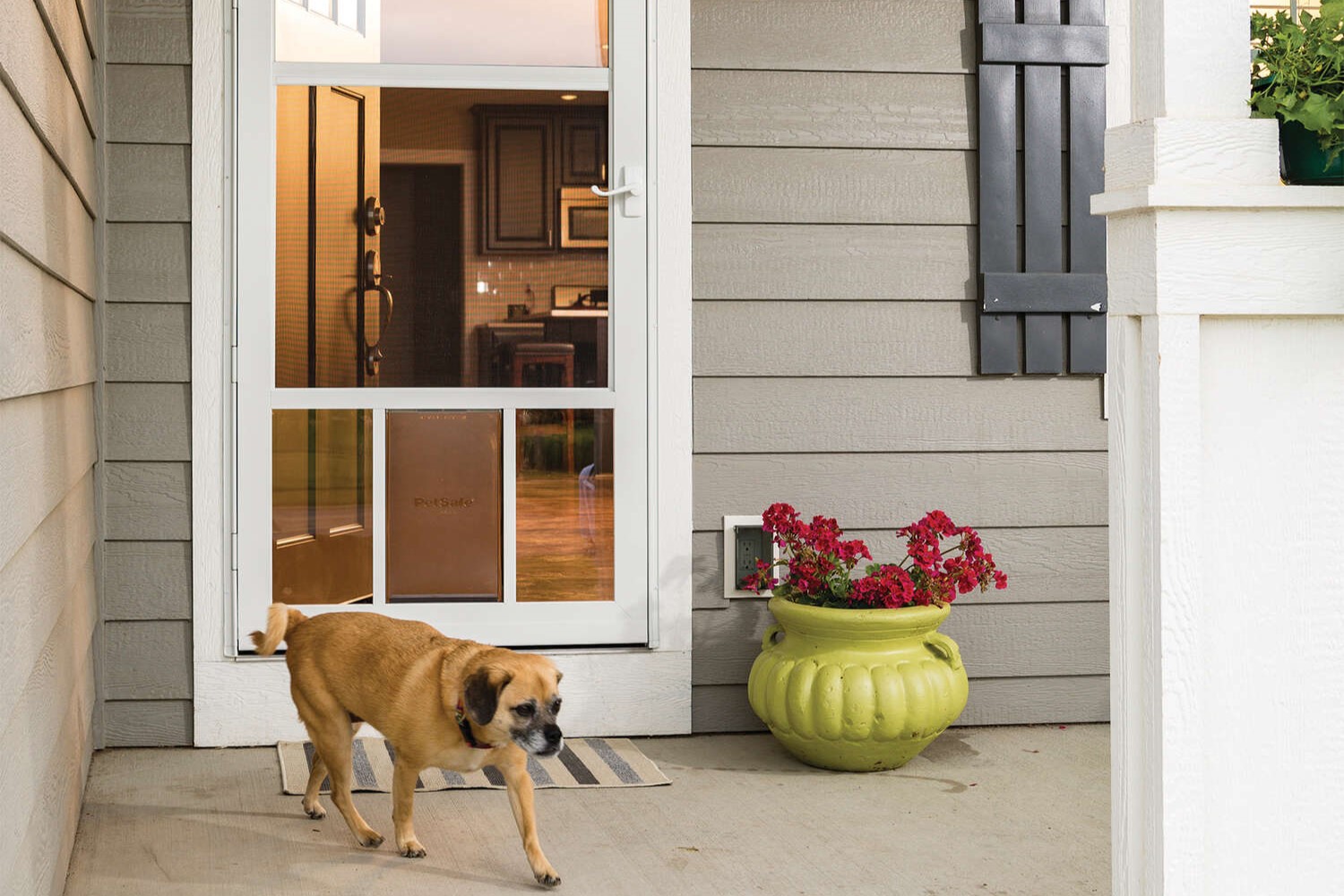
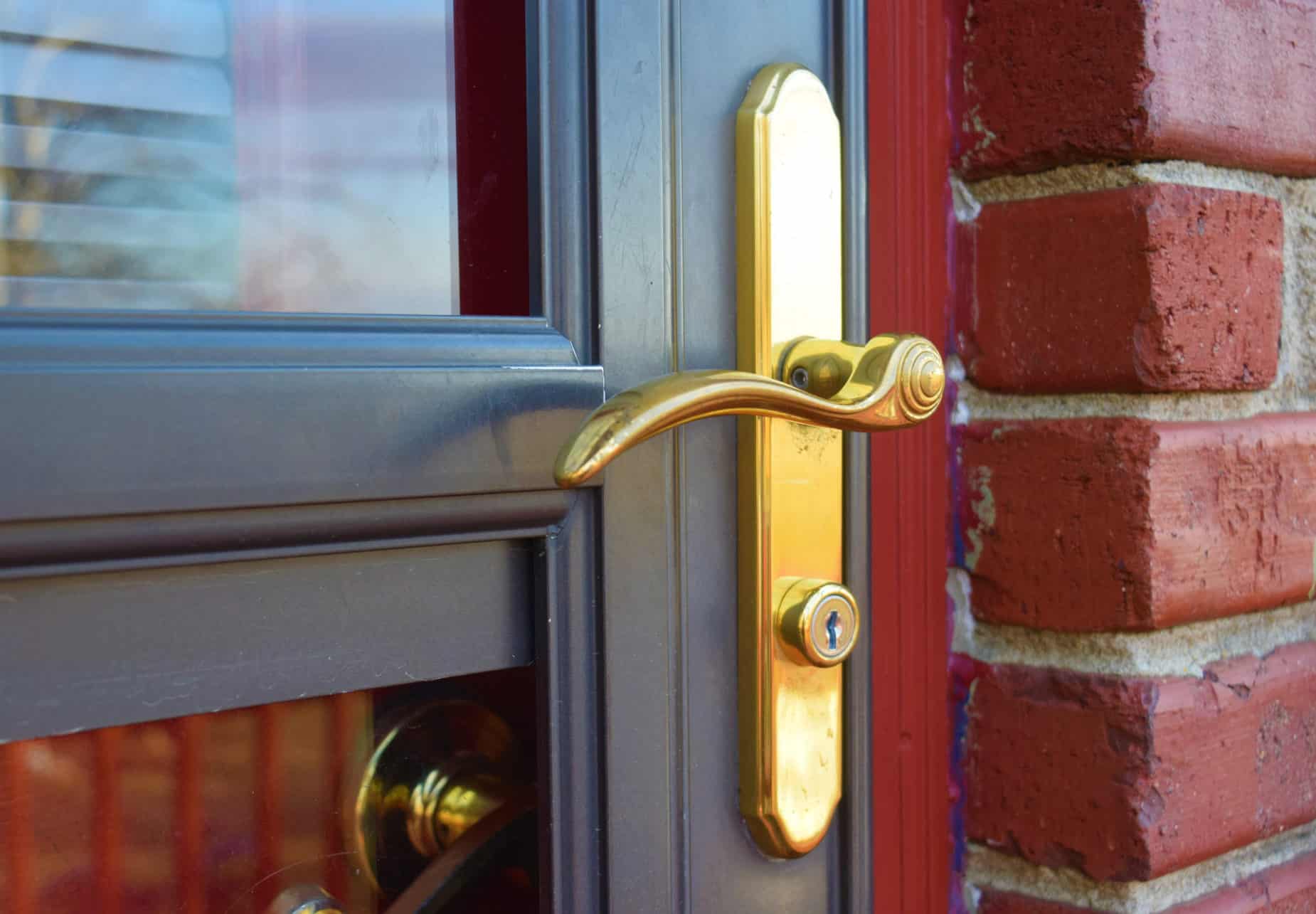
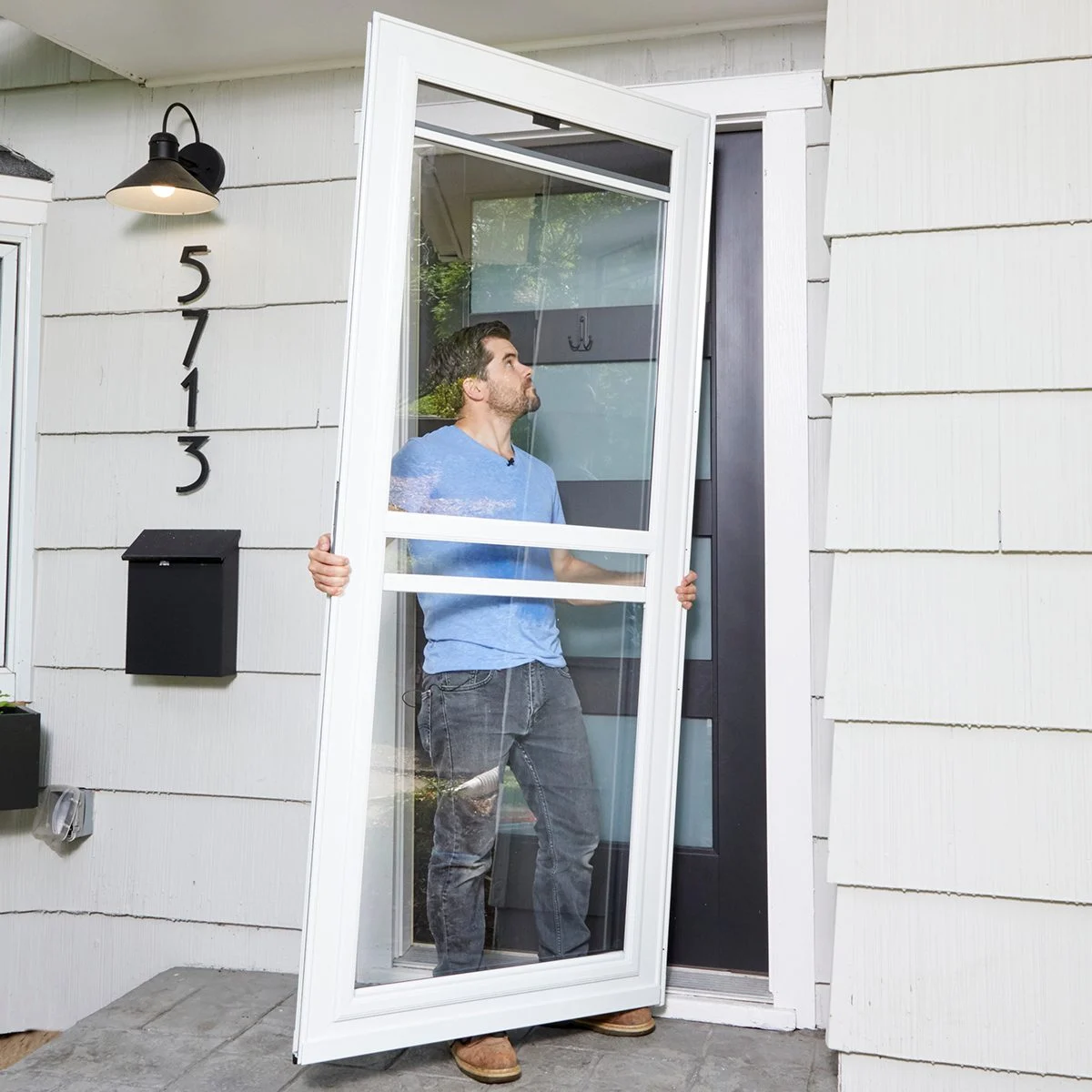
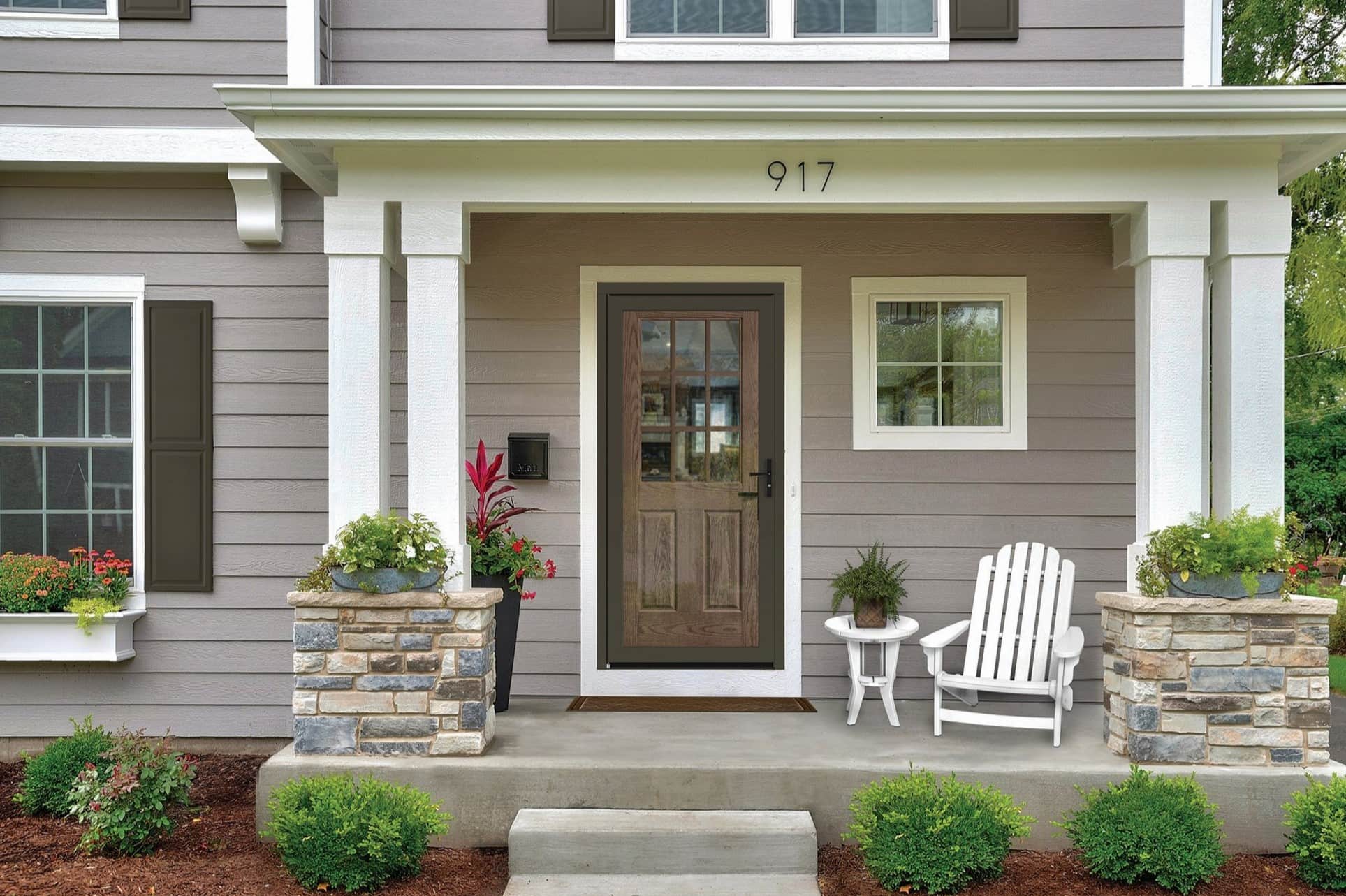
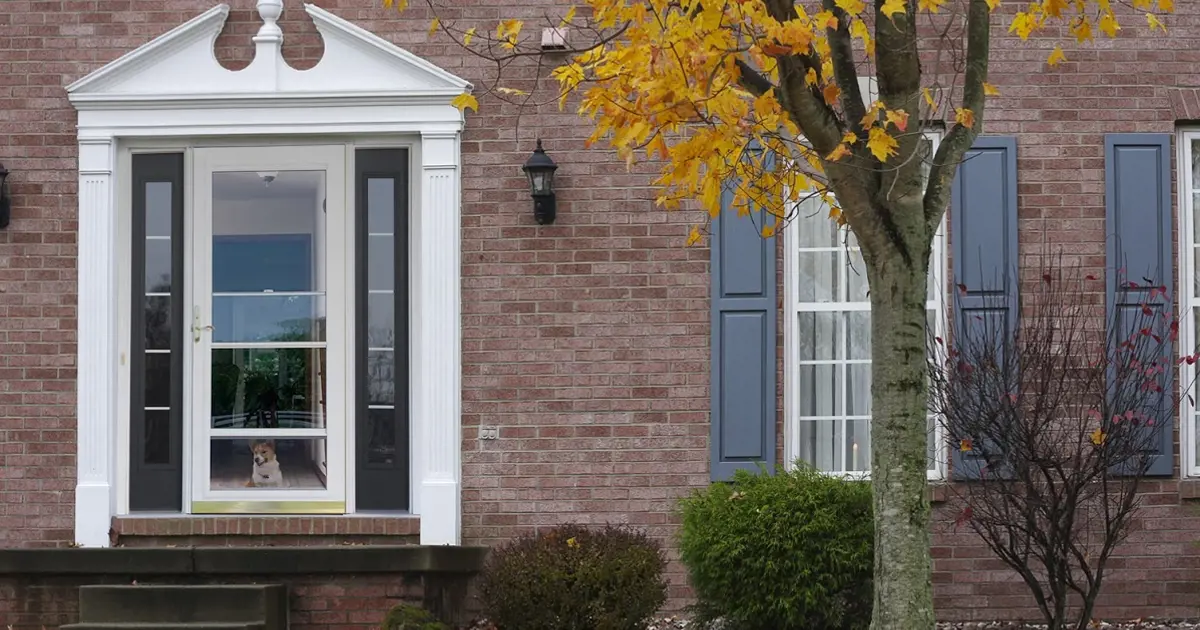
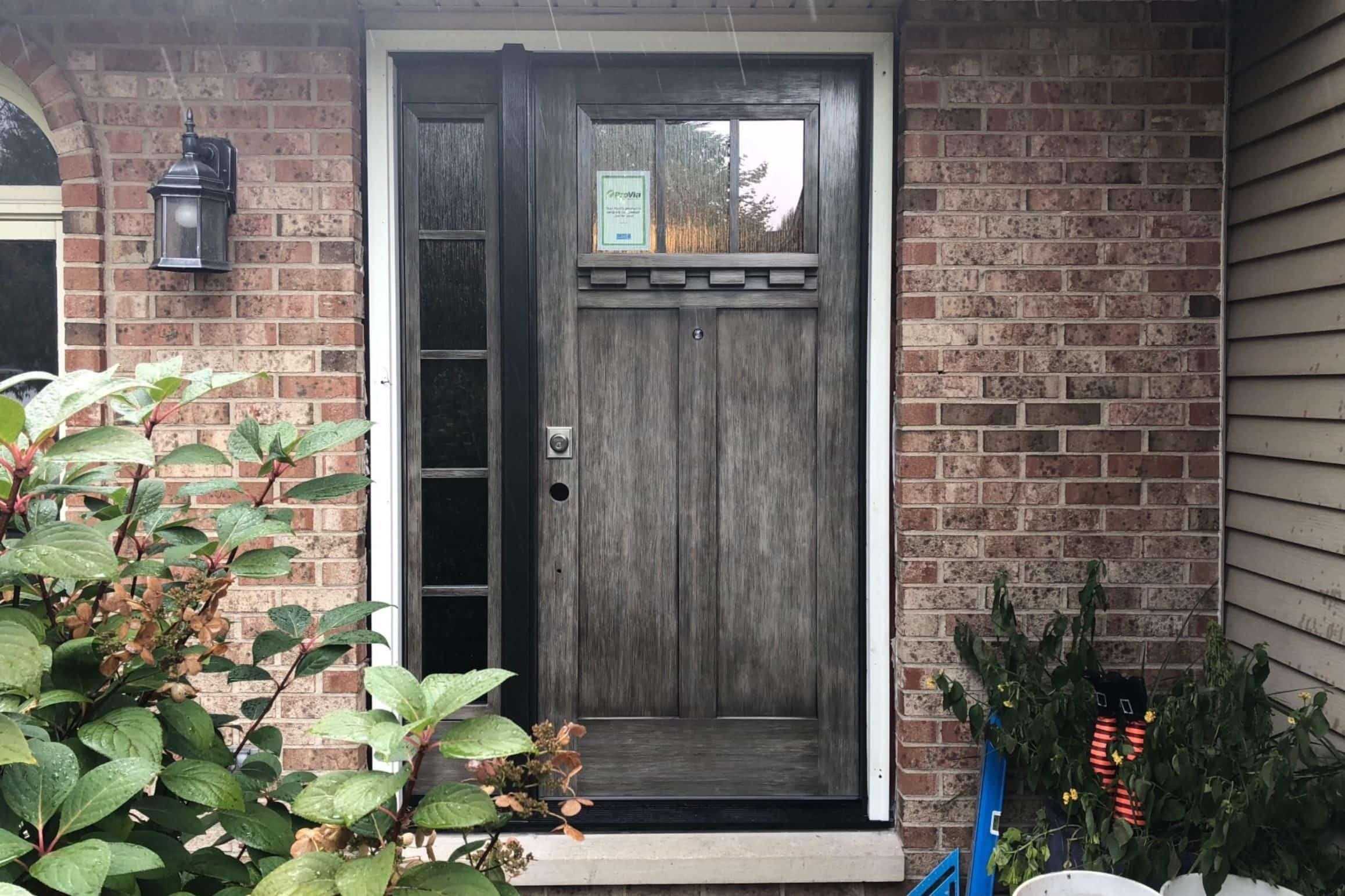
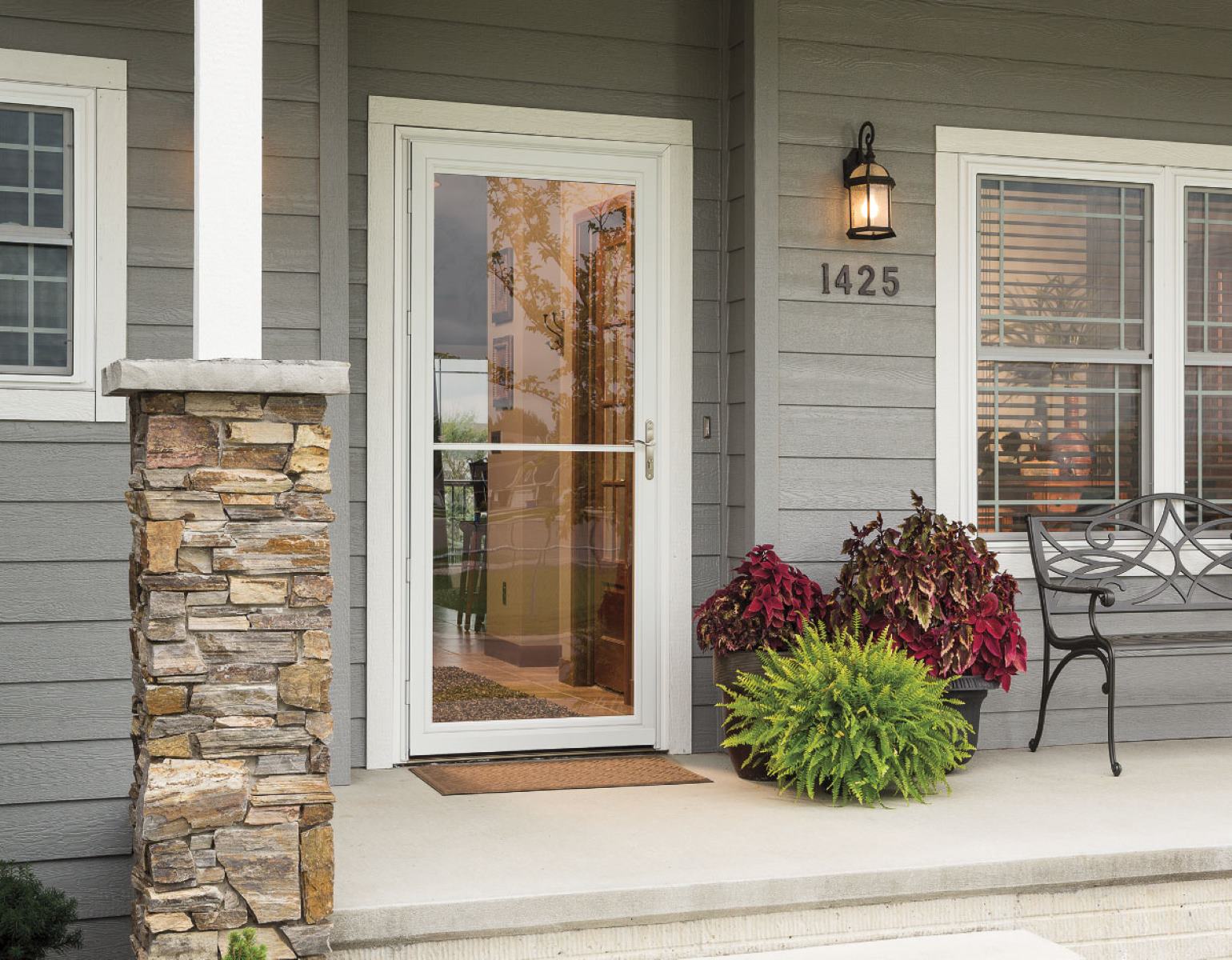

0 thoughts on “How To Stop Storm Door From Slamming”